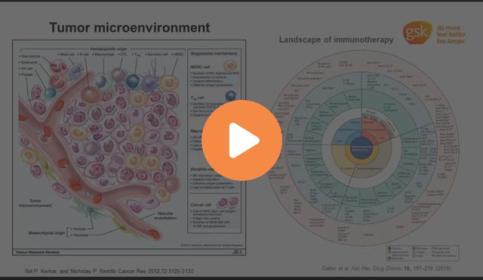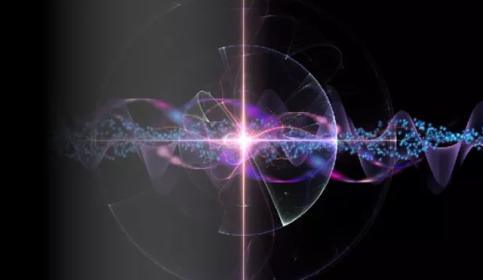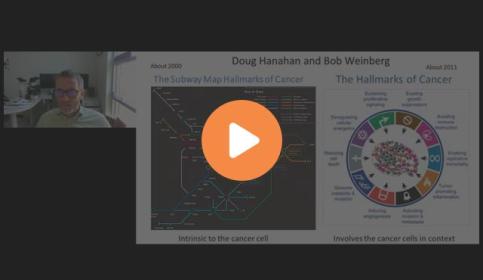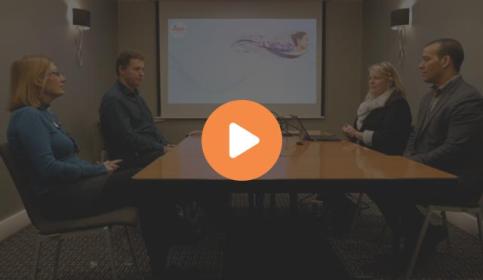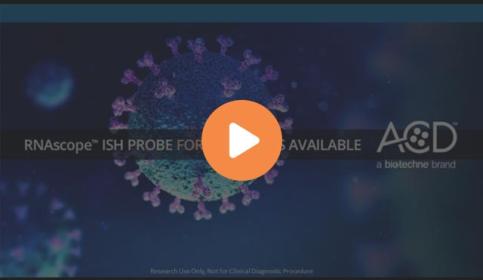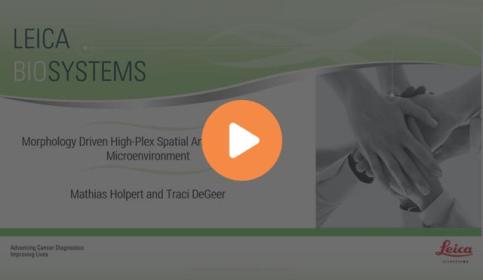IHC & Multiplexing
Researchers need clear results to discover new treatments. BOND RX fully automated research stainers provide the flexibility you need to explore new possibilities, accurate results to ensure nothing is missed, and rapid, cost-effective operation, so you can perform more tests.
Phenotyping the Tumor Microenvironment Using DNA Barcoded Multiplex Technology
Chifei Sun Senior Histotechnologist, GSK R&D
Understanding the tumor microenvironment (TME) is essential for the development of effective treatments for cancer patients. Traditional multiplex immunohistochemistry (IHC) methods offer limited understanding of the complex TME. This is partially due to technical limitations of chromogenic dyes and fluorescent detection systems.
What Is Translational Research?
Shubham Dayal Senior Medical Writer, Medical and Scientific Affairs, Leica Biosystems
Jack Heath Medical Science Liaison, Ph.D.
This article is the second of a four-part series including the following topics: “What is Life Science,” “Translational Research” (current feature), “Spatial Research,” and “Biomarkers in Translational/Spatial Research.
It is Time for TIME (Tumor Immune Microenvironment) in Experimental and Diagnostic Pathology
Alexander David Borowsky MD, Professor, Pathology and Laboratory Medicine, Center for Immunology and Infectious Disease and UC Davis Comprehensive Cancer Center
An Introduction to Immunohistochemistry (IHC)
Denise Woolley, Ph.D., Workflow Optimization Enablement Consultant
Jennifer Feldman, Innovation Partnerships Manager
April Schrank-Hacker, Ed.D., MSOD, CG(ASCP)CM
Learn more about Immunohistochemistry (IHC) and future applications in translational research.
The Power of Spatially Resolved Staining
Bradley Spencer-Dene, Subject Matter Expert, Next Gen Histology, GSK
Elena Miranda, PhD, Director, Non-Clinical Histology, GSK
In this webinar/virtual round table discussion, learn more about findings using chromogenic methods to sequentially co-detect mRNA targets & digital histopathology deployment learnings.
Incorporation and Automation of RNAscope Technology Into Your COVID-19 Viral Pathogenesis Research
Jyoti Phatak-Sheldon Associate Scientist, Advanced Cell Diagnostics, a Bio-Techne Brand
Andrea De Biase Field Application Scientist, Advanced Cell Diagnostics, a Bio-Techne Brand
Damian Cockfield Global Product Manager - BOND, Leica Biosystems
In this webinar, we will demonstrate how RNAscope technology can be used to detect viral infection and pathogenesis for research, and enhance our understanding of globally important viruses, such as SARS-CoV-2. For research labs that require high throughput and automated RNA in situ hybridization (ISH) technology on BOND RX research stainer, Bio-Techne has partnered with Leica Biosystems to deliver RNAscope® ISH automated assays.
Characterization of the Pancreatic Tumor Microenvironment using Novel Quantitative Multiplex DSP
Dr. Dana Adel Mustafa Assistant Professor & Group leader of the Tumor Immuno-Pathology (TIP) Laboratory Erasmus University Medical Center, Department Pathology
In this webinar, Dr. Dana Adel Mustafa, shares how using the GeoMx® Digital Spatial Profiler (DSP) to measure PDAC tissue samples can reveal the key immune-related players that drive survival in PDAC patients.
Morphology Driven High-Plex Spatial Analysis of Tissue Microenvironments
Mathias Holpert PhD, Senior Product Application Scientist, NanoString,
Traci DeGeer BS, HT (ASCP) HTL, QIHC, Director, Advanced Staining Innovation, Leica Biosystems
In this webinar, we will show you how the integrated workflows of the Leica BOND RX research stainer and the DSP can advance your translational research.
Chromogenic Multiplex Biomarker Profiling of Human FFPE Tissues Using UltraPlex Technology
Helen Snyder, Ph.D.
At the Multiplex User Meeting hosted via LabRoots, Helen Snyder, PhD delivered a live session detailing Cell IDx’s UltraPlex chromogenic multiplex immunohistochemistry (IHC) technology. Their chromogenic detection system of three-four markers simultaneously is developed to run on BOND RX research autostainer in four-five hours, providing maximal information on small tissue samples for biomarker discovery.
For Research Use Only. Not for use in Diagnostic Procedures.
